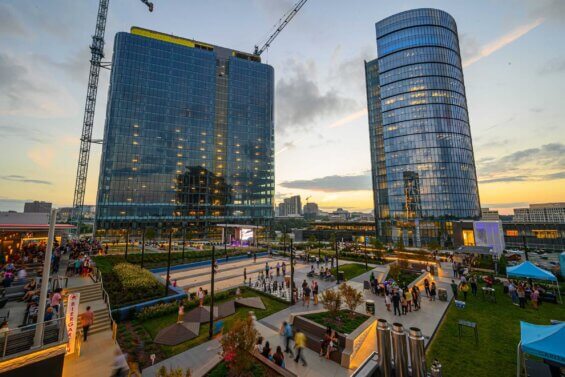
Commercial
Real Estate
Discover a Network in FFX NOVA.
We have been in Fairfax County for many years, and we chose it for about four reasons. The first is it has a large talent pool. About 12 percent of our workforce are veterans, and we love having that deep talent pool. Second is there is a technology cluster here. So, many of our partner companies operate here and so it makes doing joint work with them easier. The third, of course, is that it is well-situated geographically. And then the last is, that it is a great place to do business and a great place to live for our employees.
Infrastructure for the Future of Business
Find Innovative Spaces that Evolve With Your Business Needs
In a market where real estate opportunities are rapidly changing, you need an insider’s guide. With nearly 120 million square feet of space, Fairfax NOVA’s office market is the second largest in the U.S. FCEDA staff is here for you with comprehensive, accurate and up-to-date market intelligence.
Fairfax NOVA offers diverse options for commercial real estate in Virginia with nearly 40 million square feet of industrial and flex space, and the average square footage property cost in Fairfax NOVA remains an attractive feature for companies looking to expand. The FCEDA team works closely with developers and real estate specialists to bring you extensive data on commercial space and land. Our team has a proprietary database and other market intelligence to help you decide among commercial properties.
Find Your Future Growth Advantage
Fast Facts
Largest Suburban Office Market in the U.S. (Washington D.C. metro area)
Tysons ReporterSquare Feet of Office Space Leased in First Half of 2022
Fairfax County EDADistinct Markets Attract Diverse Businesses Across Fairfax NOVA
Fairfax County EDASquare Feet in Office Inventory Available in Fairfax NOVA
Fairfax NOVA Real Estate DashboardSecond Largest U.S. Office Market
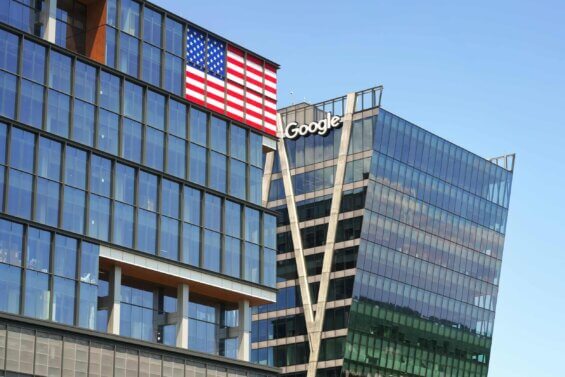 With nearly 120 million square feet of space, Fairfax NOVA is the largest office market in Virginia, the largest in the Washington, D.C. area and the second largest in the U.S. Companies like Hilton and Boeing depend on Northern Virginia’s real estate, each operating from facilities larger than 100,000 square feet.
With nearly 120 million square feet of space, Fairfax NOVA is the largest office market in Virginia, the largest in the Washington, D.C. area and the second largest in the U.S. Companies like Hilton and Boeing depend on Northern Virginia’s real estate, each operating from facilities larger than 100,000 square feet.
Visit our Resource Library for detailed information about commercial real estate in Fairfax NOVA or contact us for a free and confidential analysis of your business needs.
Industrial & Flex Space
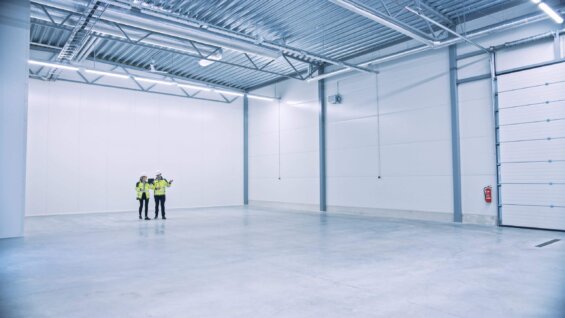 In addition to our thriving office market, Fairfax NOVA has nearly 40 million square feet of industrial and flex space, ranging from office intensive flex product to high-bay warehouse and distribution facilities.
In addition to our thriving office market, Fairfax NOVA has nearly 40 million square feet of industrial and flex space, ranging from office intensive flex product to high-bay warehouse and distribution facilities.
Industrial/flex space is highly concentrated in three submarkets: Springfield, Newington/Lorton, and Chantilly. The rest of the industrial/flex space is located throughout Fairfax NOVA in the submarkets such as Baileys Crossroads, Burke, Dulles, Herndon (Town), Merrifield, Reston, Springfield/Franconia, Tysons, Falls Church, Alexandria and Vienna.
Commercial real estate is available for nearly any zoning or property type. Contact us to learn about a comprehensive list of options — whether you need a retail space in a shopping center or an industrial location.
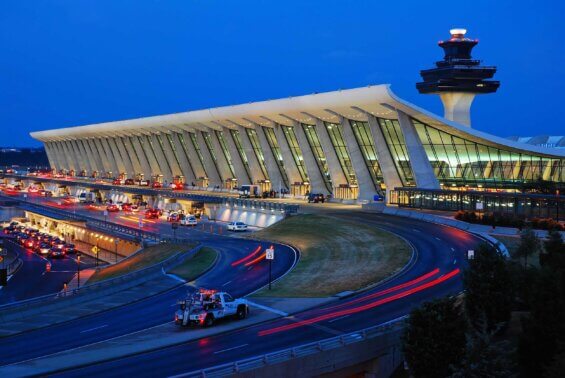 Fairfax NOVA’s full range of commercial real estate options and business districts are all easily accessible by rail or bus lines, meaning your workforce has access to sustainable transportation options.
Fairfax NOVA’s full range of commercial real estate options and business districts are all easily accessible by rail or bus lines, meaning your workforce has access to sustainable transportation options.
The Dulles Corridor runs from the Capital Beltway to Washington Dulles International Airport and includes our largest submarkets of Tysons, Reston, Herndon and Chantilly. Metrorail’s Silver Line connects the region to Dulles Airport and Loudoun County.
A stretch of business centers also lies along the Interstate 66 and Route 50 transit corridors from inside the Capital Beltway to the western end of Fairfax . Submarkets such as Fairfax Center and Merrifield house major corporate headquarters as well as small and mid-sized technology start-ups. Metrorail’s Orange Line connects employees and residents to the Washington, D.C., region.
The Interstate 95 corridor, which comprises much of eastern and southern Fairfax , features an outstanding transportation network that includes the main north-south highway on the U.S. east coast (I-95) and Richmond Highway (U.S. Route 1). Federal agencies and contractors have a large presence in markets such as Springfield/Franconia, Baileys Crossroads, Richmond Highway and Lorton. Metrorail’s Blue and Yellow lines, and the Virginia Railway Express, connect these communities to the Washington, D.C., region.
Featured News
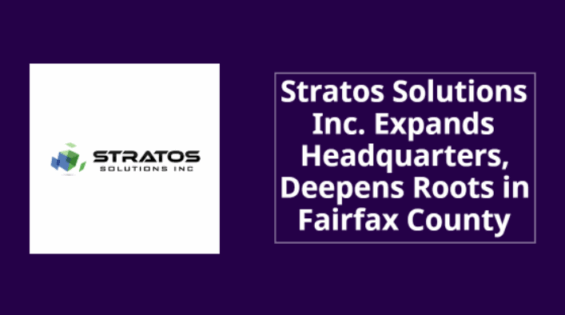
Stratos Solutions Inc. Expands Headquarters, Deepens Roots in Fairfax County
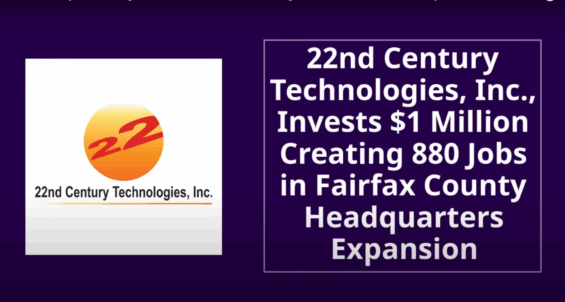
22nd Century Technologies, Inc., Invests $1 Million Creating 880 Jobs in Fairfax County Headquarters Expansion
